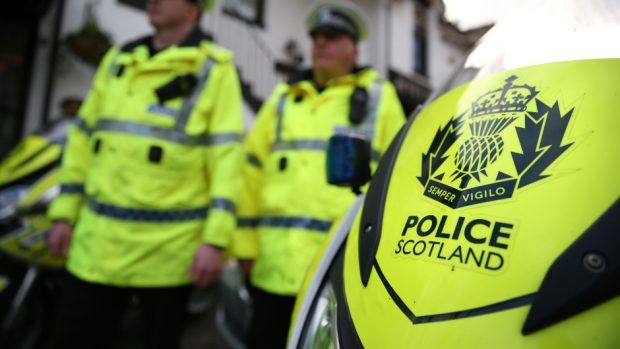North police have dealt with more than twice as many cases of children going missing from care accommodation this year compared to last.
There were 296 police responses to “looked-after children” – those in the care of Highland Council – disappearing from their residential accommodation between April 2017 and January this year, with 142 inquiries over the same period in the previous year.
A council spokeswoman admitted the rise in call outs is “concerning” but that it could be driven by a few young people repeatedly going missing, and may also be due to an increasing number of residential providers in the region.
Police Superintendent Mark Mackay echoed the point that a few young people may abscond or go missing on several occasions, but said the force is continually working on preventive measures to cut these “resource and time intensive” incidents.
North MSP Rhoda Grant said: “If it’s the case a lot more children are going missing, it’s worrying because it makes you think, are the standards of care up to scratch?
“Looked-after children have had a tough time and the resources and support that they require is more than other children, and at a time of cuts we have to make very sure they get the support they need. Poverty is a big issue as well and kids have a hard time.”
The data, obtained under freedom of information laws, shows the number of times police responded to a missing, looked-after child in the Highlands, including the deployment of resources.
The figures show that last year, the number of investigations rose suddenly from 15 in incidents January to 28 in February and 48 in March.
Police information officers also revealed that the youngest child to go missing in 2016-17 was eight years old and in 2017-18 the youngest was 10.
It comes just a few months after it was highlighted by the local authority that the number of north children in residential care has risen by 10% over the past year after a decade of falling numbers.
The latest quarterly figures show that Highland Council has 85 young people in residential care – but numbers are believed to be rising.
There are currently a total of 512 children and young people classed as looked after in Highland. This also includes children on compulsory measures of supervision supported by social workers at home, children in fostering services and those staying with relatives.
Fiona Steel, operational director for children’s services at the Action for Children charity, said that young people in residential care will have experienced problems such as multiple rejections, placement breakdowns, exclusion or abuse.
She said the charity’s staff work with Highland Council and other organisations in the area to establish risk management plans and strategies to improve the lives of looked after young people.
Police information officers said figures could not be provided before April 2016 because it was not feasible to extract the relevant data from their “legacy systems” prior to the introduction of the National Missing Persons Database.
The 296 “investigations” were recorded in the 10 months up to January – the latest month for which figures are available.
The figure for the whole year from April 2016 to April was 218.










